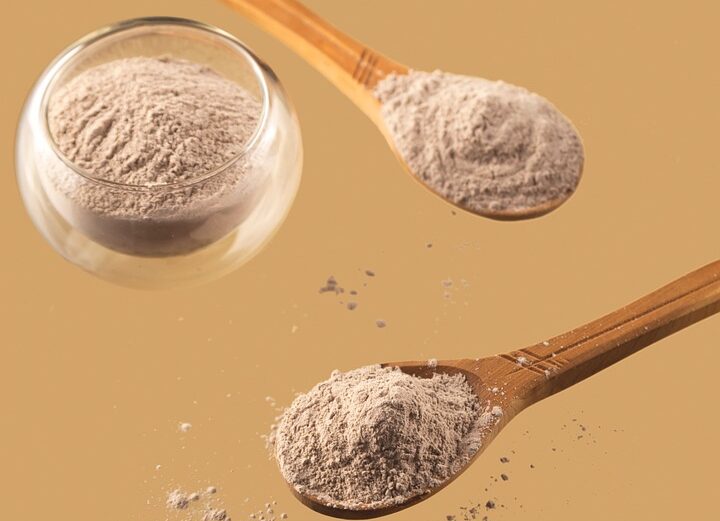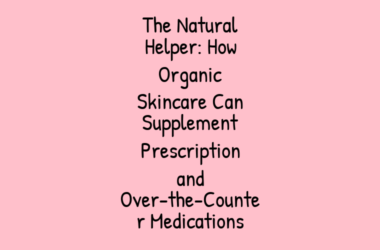Table of Contents
Myth-Busting Your Way to Better Skin: Common Misconceptions Revealed
When it comes to skin care, it’s easy to get caught up in a sea of misinformation and myths. The skincare industry is vast and rapidly evolving, making it challenging to separate fact from fiction. In this article, we’ll dive into some of the most common skincare misconceptions and reveal the truth behind them. By debunking these myths, you’ll be well on your way to achieving the radiant, healthy complexion you’ve always wanted.
The Exfoliation Conundrum: Scrubbing and Peeling
Many people believe that exfoliating once a week is enough, or that using harsh scrubbing products will leave skin feeling smooth and supple. Not so. The truth is that over-exfoliating can lead to irritation, inflammation, and even dryness. Instead of using abrasive products, opt for a chemical exfoliant containing alpha-hydroxy acids (AHAs) or beta-hydroxy acids (BHAs). These gentle ingredients will help break down dead skin cells and unclog pores, leaving skin looking brighter and more radiant. When using physical exfoliants, be sure to choose a product with small, round beads and be gentle when applying – avoid applying too much pressure, which can lead to irritation.
Foaming Frenzy: Sudsy Cleansers vs. Gentle Balancing
Sudsy cleansers have long been a staple in skincare routines, but do they really do justice to our skin? The answer is, no. Using foaming cleansers excessively can strip the skin of its natural oils, leading to dryness, tightness, and increased sensitivity. Instead, opt for a gentle balancing cleanser that removes dirt and impurities without disrupting the skin’s natural barrier function. Look for a cleanser labeled “non-foaming” or “oil-based” which typically means it will be gentler and more nourishing for your skin.
The Sunshine Fix: Myths About Sunscreens
Sunscreens have become a staple in many skincare routines, but do we know how to use them correctly? The short answer is, no. Many people fail to apply sunscreen correctly, or simply apply it without reapplying it regularly. This can leave skin vulnerable to damage from UVA and UVB rays. Use a broad-spectrum sunscreen with an SPF of at least 30 and apply it daily, 15-30 minutes before heading outdoors. Reapply every 2 hours or immediately after swimming or sweating. Remember, sunscreens aren’t a one-time fix; they need to be used consistently throughout the day for optimal protection.
Hydration Hysteria: Myth-Busting Water Benefits
Drinking water has long been touted as a panacea for healthy skin, but do we really need to drink eight glasses a day to achieve radiant-looking skin? The answer is, no. Drinking enough water is important for overall health, but it doesn’t have a direct impact on the skin. Instead, focus on feeding your skin from the outside in – apply nourishing moisturizers, serums, and masks to deliver essential hydration and nutrients. Don’t overdo it on the hydrating face masks, either. Over-moisturizing can lead to clogged pores, oily skin, and even acne.
The Acne Axiom: Breakouts Require Heavy Products
Popping and prodding at pimples is a common, yet misguided approach to acne care. Using heavy, comedogenic products to try and “dry up” breakouts can lead to further clogging and irritation. Instead, focus on using gentle, non-comedogenic products that target the root causes of acne, such as clogged pores and bacterial imbalances. Look for products containing salicylic acid or tea tree oil, which have been shown to help reduce inflammation and unclog pores. And remember – it’s not just about treating symptoms, it’s about addressing the underlying issues driving your acne.




